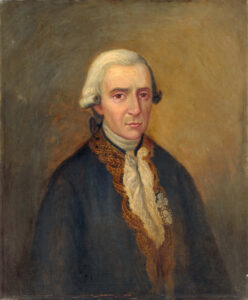History
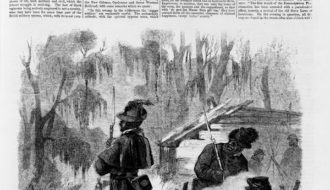
African Americans in the Civil War
African Americans, both freed and enslaved, played critical roles in Civil War Louisiana.

African Americans, both freed and enslaved, played critical roles in Civil War Louisiana.
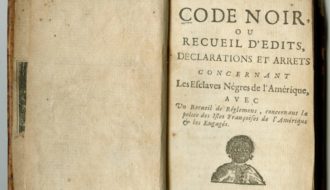
Enslaved Africans and people of African descent played key roles in nearly every aspect of the development of Louisiana.
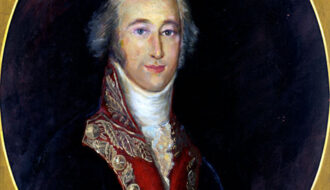
This entry provides a biographical overview of Alejandro O'Reilly, the second Spanish governor of Louisiana.

Alejandro O’Reilly served as the second Spanish governor of Louisiana from 1769 to 1770.

Alexandre de Batz created the earliest known images of Native Americans in the lower Mississippi valley from sketches he rendered while surveying Louisiana in the eighteenth century.

Alfred Boisseau lived and painted in New Orleans from 1845 to 1849 and was one of the earliest known artists to open a studio in the city.
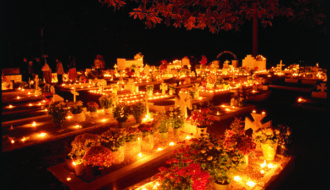
All Saints Day or All Hallows Day is a Catholic tradition honoring the saints and also deceased family members each November 1.
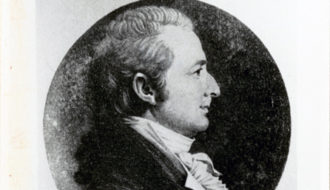
While Louisiana began as a French colony and its dominant culture remained Creole French well into the nineteenth century, Anglo-Americans began to form a significant minority in region the late colonial period.
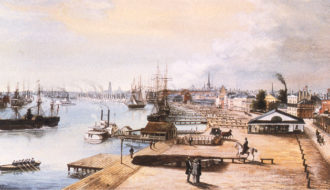
The Antebellum period in Louisiana begins with statehood in 1812 and ends with Louisiana joining the Confederacy in 1860.
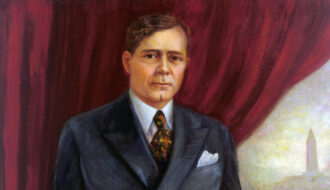
Huey P. Long was one of the most colorful and controversial politicians in Louisiana history. Admiration of his leadership was strong, but so was contempt; the contempt ultimately resulted in his death at the hand of a disgruntled citizen.
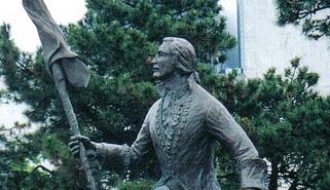
Antoine de La Mothe, Sieur de Cadillac served as the governor of Louisiana from 1713 to 1716.

Explorer, astronomer, and administrator Antonio de Ulloa was the first Spanish governor of Louisiana, serving from 1766 to 1768.
One-Year Subscription (4 issues) : $25.00
Two-Year Subscription (8 issues) : $40.00
